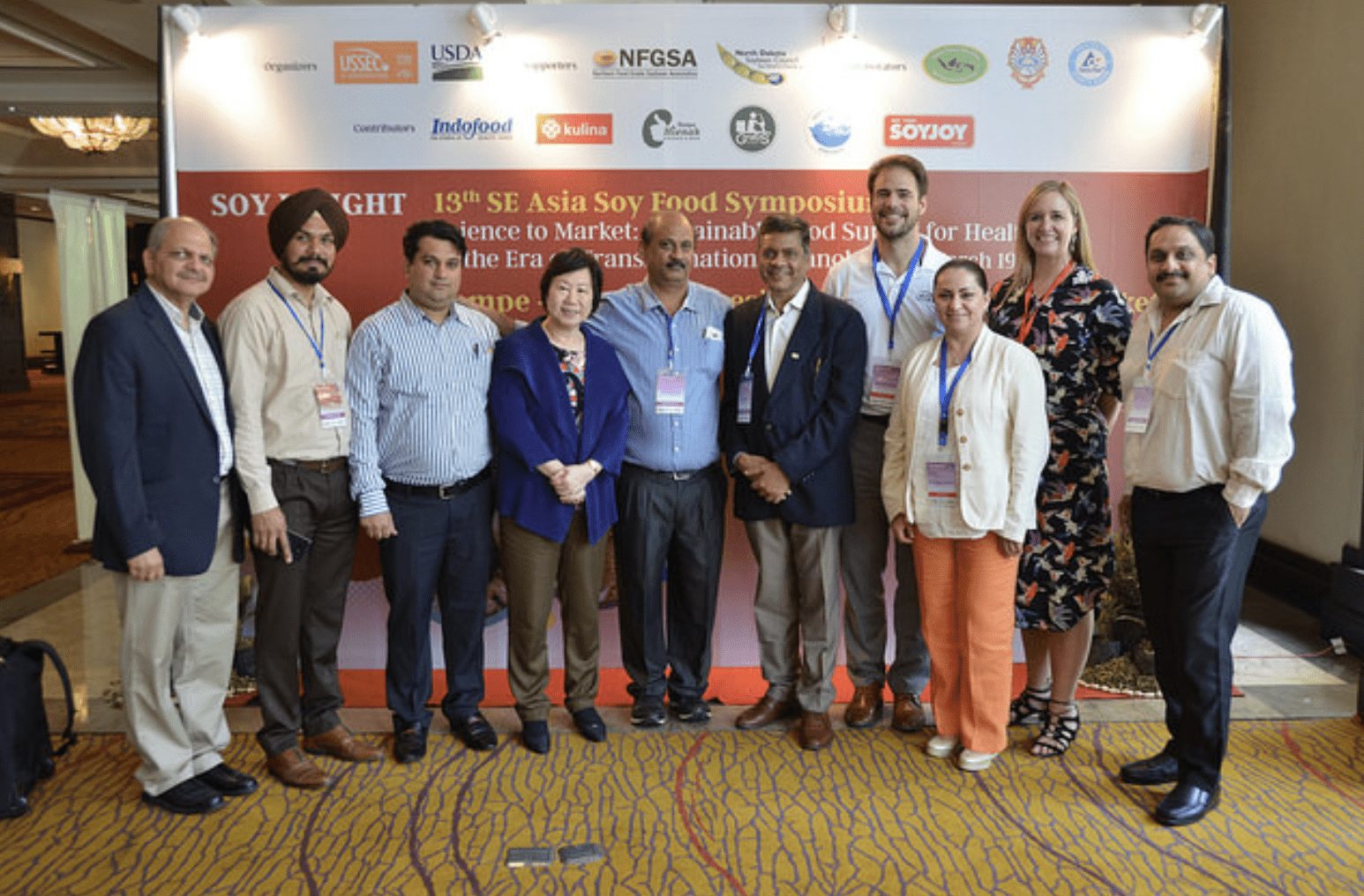Thirteenth Southeast Asia Buyers Conference Showcases U.S. Innovation, Reliability
In March, the U.S. Soybean Export Council (USSEC) hosted its thirteenth annual Southeast Asia Soy Food Symposium in Indonesia. The event brought together stakeholders from different segments of the soy food industry in the region, which covers the area from Myanmar to Australia and New Zealand.
Dady Maskar, Soy Food Program Manager for USSEC Southeast Asia, says the event is a good place for networking among U.S. Soy customers and producers, but also a great place to talk about innovation, new technology and programs happening in the U.S. Soy industry.
Soy foods are an important marker in this area, as traditional foods like tempe and tofu are consumed by most of the population. Over 95 percent of Indonesia’s imported soybeans go toward the production of tempeh, and Thailand has the largest and most sophisticated soy food and beverage industry in Southeast Asia. It is estimated that per capita consumption of soy beverages in Thailand is about 12 liters per year, ranking it second in the world.
“Soy food is one of the most important sources of diet for our region, so it has become one of the most important food sources for many of us here,” said Maskar.
Southeast Asian soy food producers face challenges including food safety, hygiene and the ability to source good quality soybeans. Maskar says Indonesia chooses U.S. soybeans because of the quality and the support they get from the U.S. Soy industry, including education for producers in that region.
Maskar mentions the relationship between Southeast Asia and the U.S. when it comes to soybeans is a long-term one, and Indonesian customers are happy with the quality and support they get from the U.S. Soy industry.
Listen to the full interview with Dady Maskar from the Southeast Asian Soy Symposium here.
For more information on the importance of U.S. Soy in Southeast Asia, visit our new Around the World with U.S. Soy – Southeast Asia story.
